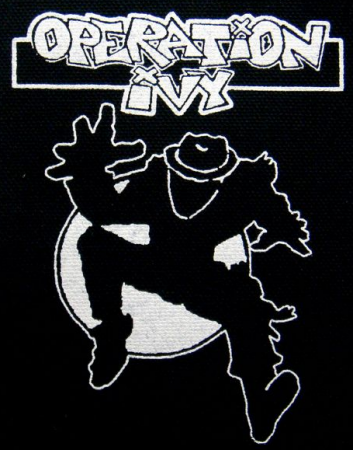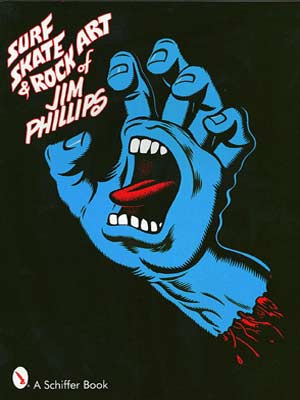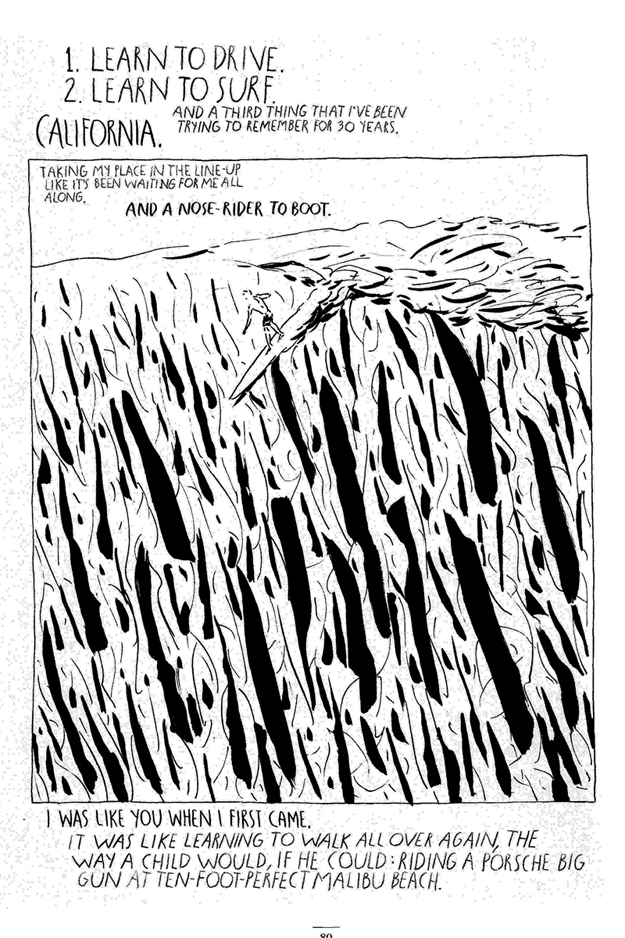DESIGN + ART + SURF CULTURE = WAX Magazine.
I was able to catch up with graphic designers Zak Klauck and David Yun to talk a little bit about WAX, a bi-annual print magazine with writer Aeriel Brown that explores the unique intersection of art, culture and surfing in and around the city…New York City to be specific. Growing up in Los Angeles and living in Laguna Beach for a fair bit of my life, skate and surf culture influenced the way I dressed, the music I listened to and the things that I read. Being familiar with a lot of the publications that have come out of these cultures, I’m excited to see that WAX gives voice to an entirely different demographic.
Their first issue “Dialogues,” features work by Danny Gordon, Ann Pibal, Luke Stettner, John Houck, Garth Weiser, Rob Kulisek and Michael Scott Moore (author of Sweetness & Blood).
They’re currently raising funds to make this all happen, and with less than 10 days to go, help them reach their goal by backing them on Kickstarter here!
(1)
Who are you and what do you do?
My Name is Zak Klauck and I’m a freelance graphic designer living and working in New York.
I’m David Yun, a graphic designer living in Brooklyn, NY. I’m an Art Director at 2×4 and I also teach graphic design and do some freelance work for galleries and artists I know. I started WAX Magazine with my partner Aeriel Brown and our friend (and neighbor) Zak.
(2)
What came first, surfing or design? Over the years how have the two influenced each other in your lives?
DY: Skateboarding came first for me — along with its associated aesthetics, ideologies and subcultural values. As a teenager living in the suburbs, you would put on baggie jeans, listen to Op Ivy and hang out on the loading docks behind the local Dunkin’ Donuts. It helped you feel like you were a part of something bigger and more meaningful than everything else that was being sold to you on TV or in malls. It was the combination of resistance and style, or resistance through style, that attracted me. The visual culture of skateboard decks, t-shirts, skate magazines like Thrasher, all channeled my interests into something productive, visually compelling, and community-driven.
(top to bottom: Operation Ivy logo, Black Flag flyer by Raymond Pettibon, THRASHER Magazine logo, Artwork by Jim Phillips)
Graphic design offers a similar venue for channeling my interests. It’s always been a lens through which I can filter (and participate in) the things I’m drawn to, whether that’s contemporary art, music, or design. And so while surfing was a natural progression from skating, I’ve naturally been looking for a way of participating through design, but from a different angle (than making tshirts or surf art). I’ve had a growing interest in editorial work, especially in the last few years at 2×4, and so starting WAX seemed like the perfect next step for me.
ZK: For me, design came first. Surfing started as a weekend activity to escape the city. When we first started talking about the idea for the magazine it was more about the community surfing in NY than about the act itself. We were meeting so many designers, artists, architects, writers and just interesting people who happen to surf. The connection between the activity and the people seemed worth talking about. In this case we wanted to act somewhat outside traditional surf culture, not that we want to ignore it, but rather define our own interests within this community. This became the catalyst between varying creative practices and disciplines to occupy a single magazine.
I had always been aware — somewhat remotely — of traditional surf culture on the west coast. The magazine wasn’t initially intended to cover that. I am more interested in the unexpected and difficult nature of surfing in New York and how that inspires the people who are doing it. I think all surf culture is inherently visual, it’s such an experiential activity that demands a certain respect for the natural surroundings — which is why urban surfing is particularly interesting. This is something we are exploring. We want a magazine that is very visual, but that also directly reflects the community we are surveying as well as our interests.
(Learn to surf by Raymond Pettibon)
(3)
What inspired WAX Magazine? How is it different from other surf magazines like Surfer/Surf/Surfing Mag, Transworld, and more recently STAB and Liquid Salt Magazine?
DY: Like Zak said, our initial inspiration came from the people we’d met while surfing in New York. We didn’t even realize it at first, but then we started thinking about how many great people we were encountering through our small surf community here in NYC. A friend of ours got us, almost as a joke, subscriptions to all the major surf magazines at once — Surf, Surfer, Surfing. We looked through them and realized at once that there was very little representation of east coast surfing, let alone New York City, and also that these magazines primarily focused on sport. There’s a place for that, but it’s not really where our interests lie. Liquid Salt has a lot of quality content — they profile a wide range of people behind the surf world and ask thoughtful questions. We want to build upon that, to inject the unique voice and culture of the New York surf scene into the conversation. Putting it all together, we see a tremendous opportunity to make a magazine that tells the stories of urban surfers, and ironically doesn’t focus on the act of surfing — we’ll leave that to the above-mentioned magazines. We also see a tremendous potential in the metaphors embedded in surfing, the inspiration of nature and ocean, all in relation to the creative practices of art and design.
ZK: Yeah. The main difference is that we don’t want to focus on the sport of surfing. By that, we mean the actual maneuvers. This is one way in which we’re very different from Transworld Surf in particular. This is meant as a cultural magazine — we’re looking at the people and their creative output. We’re also interested in the curation of this content, by finding people and work we admire through this community.
DY: We are trying to demonstrate some of these ideas in our first issue, which is loosely based around the theme of “dialogues.” We take the idea of dialogue and use it (quite literally) to have a conversation between two people, but also visually between somewhat disconnected imagery. A good deal of our content for this issue is about art-making and creative processes that happen to be discussed by people who surf. I’m excited and inspired by the way something so specific as “urban surfing” has lead us to such diverse and unpredictable stories.
(4)
The term “urban surfing” is pretty interesting. I remember the first time I saw a surfboard in the subway I thought it was completely insane, but it made more sense to me as time grew on. The city is so dense you forget that it’s surrounded by water, that the Atlantic Ocean is just a train ride away. It makes sense that people, especially in a city like New York, would make the effort to reconnect with their environment and natural landscape. Do you think it’s a rebellious act or a cathartic one or can it be both?
DY: Surfing in New York City was indeed a rebellious act until 2005, when it became legal to surf Rockaway. Now it’s trendy to have a bungalow out there and spend weekends with your friends passing time at Rockaway Taco. But I agree that there’s still something very special and rarefied (feeling) about it, which I think has to do with the density and roughness of the city and the speed of work life. There’s such an extreme contrast to that experience when you’re sitting out in the ocean, in between sets, kicking your feet around and scanning the horizon for the next wave. I would call it cathartic in that I’m able to release every-day anxieties and replace them with the rather singular mission of catching the next wave. It inverts all of those intense feelings with an enormous rush of adrenaline. Like a drug, there’s an immediate need to re-create that experience. So in a way it becomes a dialectic of extremes — the extremity of work life and the extremity of ocean play. I also think of it as a dialogue of eccentricities — from the fantastical fever of buildings and motion of the city to the thrilling potential of the vast amounts of water, with its inherent salt, cold and dizzying power. It’s interesting to think of WAX as being born out of those contradictory scenarios, and always modulating between the two.
ZK: The dialectic of extremes that Dave mentions I think typify the urban surf culture — and the intentions of WAX — quite nicely. It would seem like a natural progression for the urban experience to cross over into the surf experience. They both can contain stressful and overpowering environments at times, but also offer a great deal of joy and reward. The reward with surfing is a momentary escape by experiencing something completely freeing and outside ourselves. This also shares similarities to art. Ranciére called this experience “the autonomous form of life,” by pushing our thoughts beyond their current state.

(5)
Who is participating in the first issue, how did you come to their work and from an editorial standpoint decide who was in conversation with who?
DY: We’ve come to the participants through a myriad of connections. For instance, the first artist I stumbled on, Ann Pibal, was actually featured in a catalog I was designing for an unrelated art show. I was researching her work (which is abstract and geometric painting), and came upon a set of collages she made with found surf photography. I called her up and she was immediately interested in working with us. Her “dialogue” is more of a comparative essay on the history of modern surfing in relation to modern painting. Other artists we have known for years, such as Luke Stettner and John Houck, whose photography will be a visual dialogue. They led us to Danny Gordon and Garth Weiser, who will be featured in conversation together. Overall, the first issue should be a very rich and broad take on the idea of the dialogue.
ZK: Although this issue is somewhat of a testbed for subsequent issues, we see them all forming in a similar way. We wanted to start each issue with a central theme, whether conceptual, visual, spatial or otherwise. This allows us to become more organic within that structure, we can start maneuvering through those ideas by the collaborations we are interested in pursuing. From that point on we hope to see the experimentation and juxtapositions fall into place somewhat naturally.
(6)
Where are the spots you guys go to surf?
DY: Like many New York surfers, we go where the conditions are best — whether that’s out to Long Island, down to Jersey, or staying local in the Rockaways. We ride the train, carpool with friends, or hop in a zipcar. Whatever it takes!
ZK: Any break can be great.
Get Walker Reader in your inbox. Sign up to receive first word about our original videos, commissioned essays, curatorial perspectives, and artist interviews.





